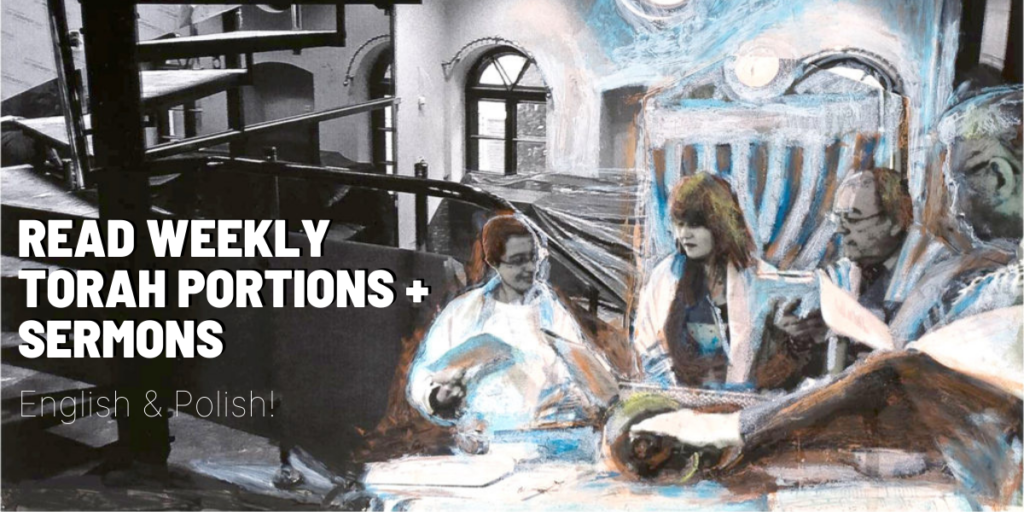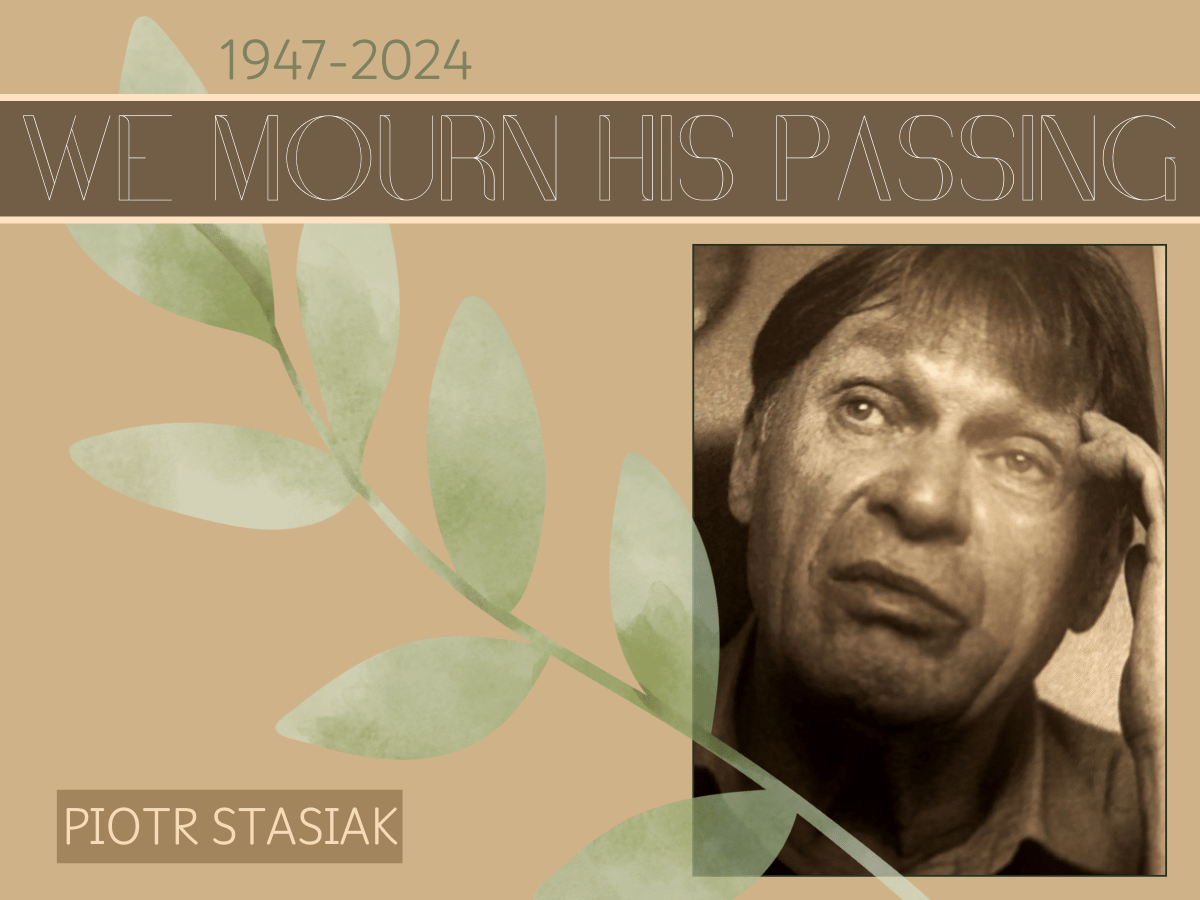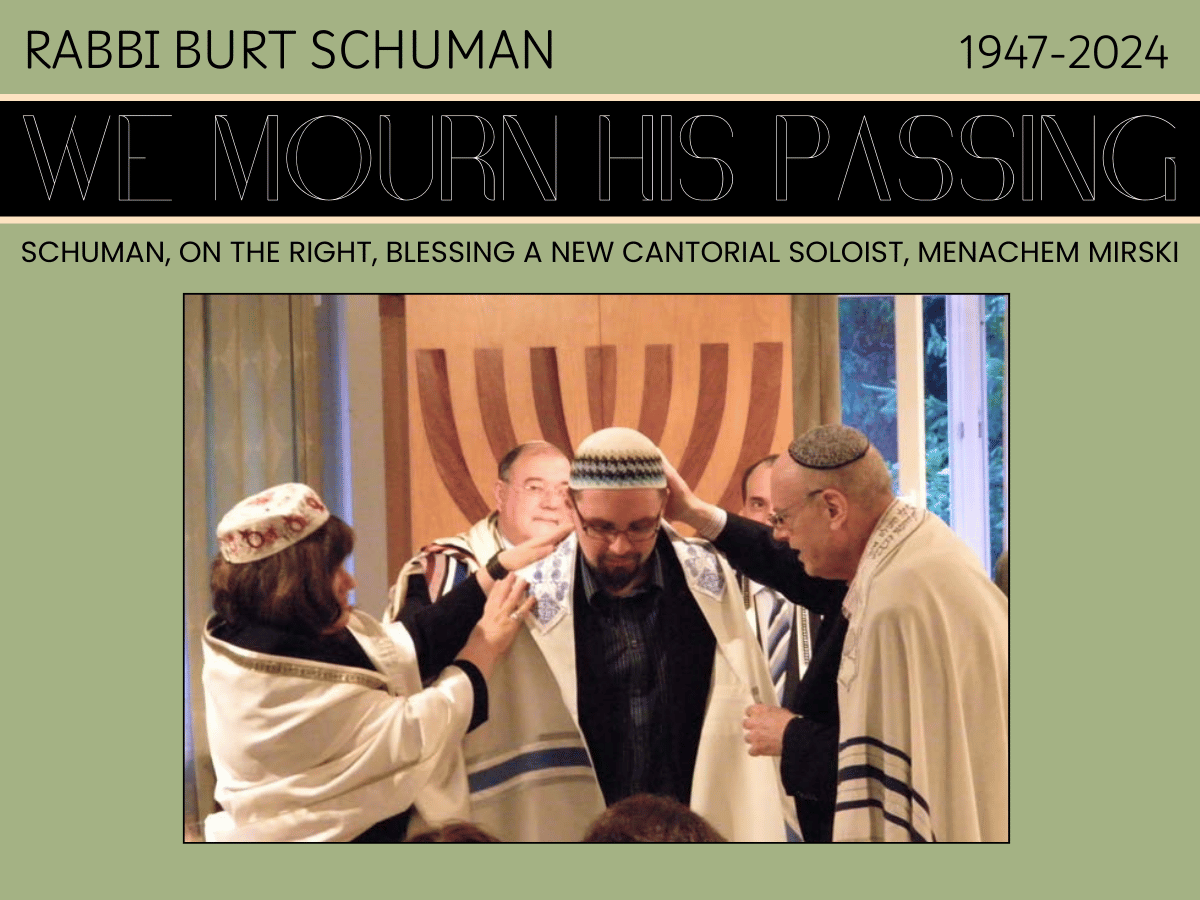[perfectpullquote align=”full” bordertop=”false” cite=”” link=”” color=”” class=”” size=””]Adonai, enthroned on cherubim, is king, peoples tremble, the earth quakes. (Ps 99:1.)[/perfectpullquote]

Mati Kirschenbaum
We recite these words every week during Kabbalat Shabbat. They refer to the vision of the Eternal sitting on the cherubim in the Tabernacle, whose construction is being described in this week’s Torah portion Terumah. In this Parashat we read about the instructions regarding how to construct the Tabernacle which Moses received from the Eternal. Moses conveys these instructions to the Israelites, ordering every person whose heart so moves them to give offerings which will be used to build the Tabernacle. Its completion is supposed to allow the Eternal to dwell AMONG the Israelites. This way of phrasing it suggests that, contrary to Middle-Eastern deities, whose temples were considered to be their homes, the Eternal was not going to live in the Tabernacle. The Tabernacle was meant to be only His symbolic dwelling. However, the instructions regarding the way in which this dwelling should be built are very detailed. We could ask why a structure holding a purely symbolical meaning is being described in such a detailed way.
Our scholars were interested in this question already in ancient times. Josephus, the Jewish historian who lived in the first century of the common era, claimed that the Tabernacle symbolizes our world. The two parts of the Tabernacle which the priests had access to – the Courtyard and the Holy Place, were supposed to symbolize heaven and earth, whereas the Holy of Holies was supposed to symbolize the place of God’s presence which was inaccessible to humans. The twelve loaves of bread were meant to symbolize the twelve months of the year. The four kinds of materials from which the curtains of the Tabernacle were made were supposed to symbolize the four elements.
On the other hand, Shemot Rabba, the collection of Midrashim on the Book of Exodus, views the Tabernacle as an earthly manifestation of the Eternal’s creative power. According to this interpretation the curtains in the Tabernacle symbolize the sky, which according to Psalm 104:2 was spread by the Eternal. The division between the Holy of Holies and the Holy Place was supposed to symbolize the division of the waters caused by the creation of the heavenly vault, as described in Genesis 1:6. The lights in the Tabernacle were supposed to remind that all Light comes from the Eternal.
The above mentioned interpretations of the Tabernacle’s construction provide different explanations as to why the instructions are so detailed. However, what they have in common is the belief that the Tabernacle represents the multidimensionality of the world created by the Eternal. This model shows us that in this world we do not have access to all the aspects of reality. However, we are able to learn a lot as we try to portray them using the means which are available to us. Moreover, the very process of building such a model brings us closer to the Eternal.
Nowadays building a Tabernacle for the Eternal does not entail erecting impressive constructions. Today we build such a Tabernacle by means of good deeds. Every act of helping your neighbor, every demonstration of our social engagement contributes to erecting a Tabernacle here and now, a Tabernacle in which the Eternal will dwell among us. May this moment arrive speedily in our days. Ken Yehi Ratzon Bimhera Beyameynu. Shabbat Shalom!
Translated from Polish by: Marzena Szymańska-Błotnicka


















Leave a Reply